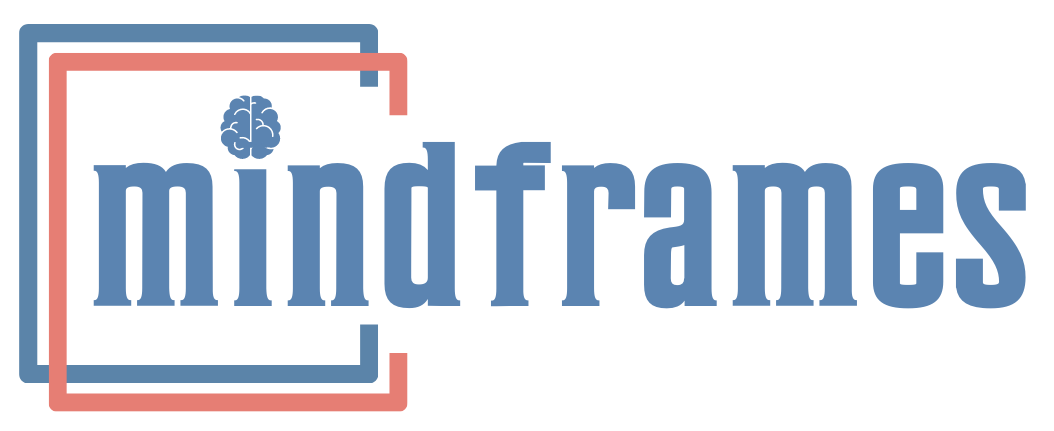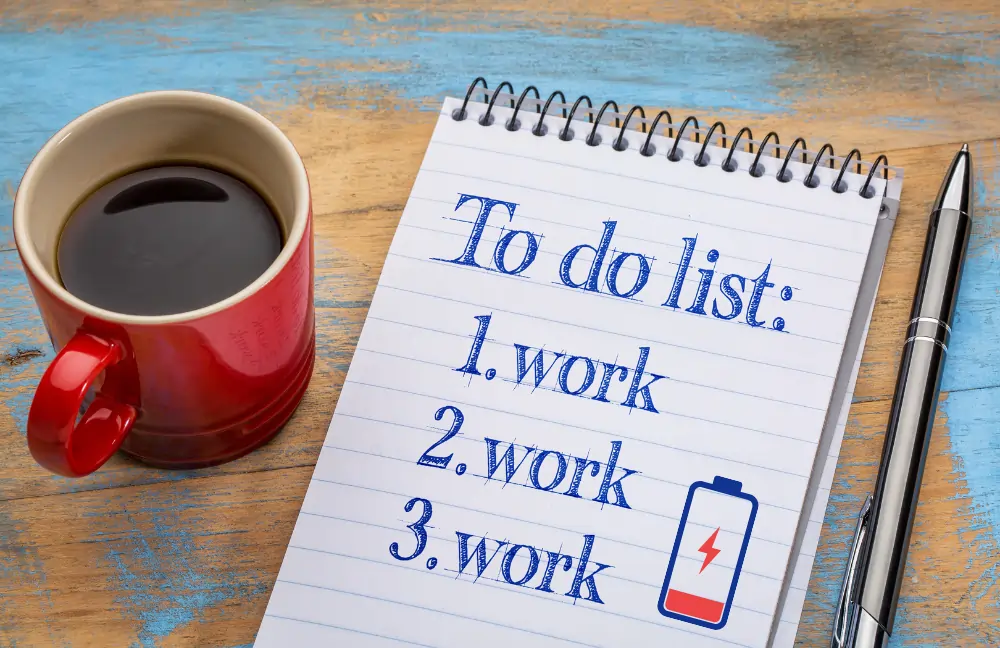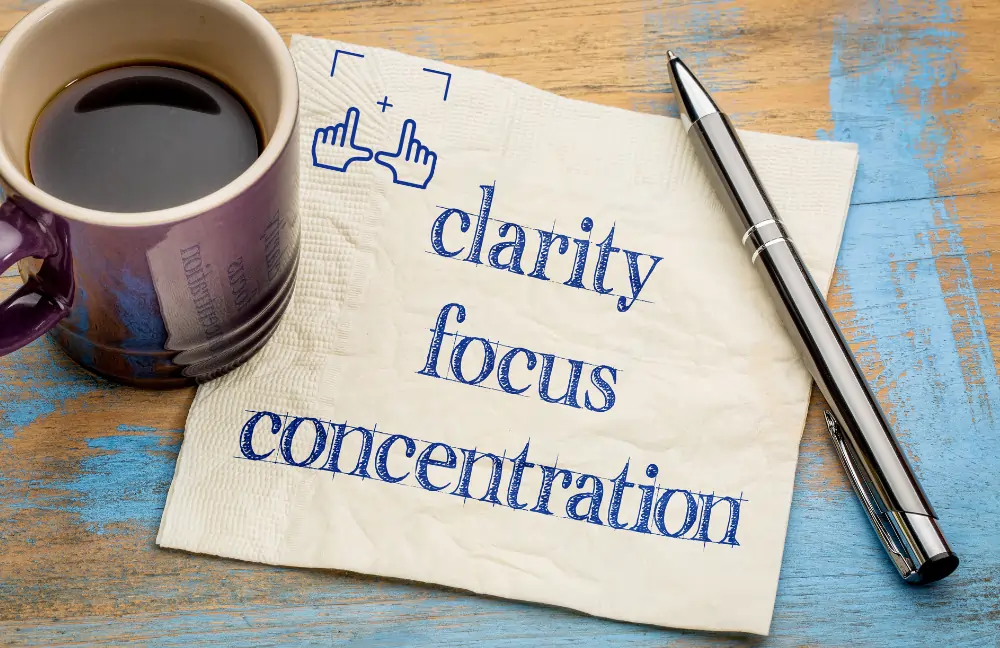Morning Anchoring Exercise: What Is It?
A morning anchor exercise is a structured set of micro habits practiced in the first 30–45 minutes of your workday. It shifts your brain from reactive mode – checking emails, scanning newsfeeds, scrolling for new messages or social media updates; to proactive clarity built on intention and choice. Neuroscientists call this the “first hour effect,” noting its ripple across productivity, emotion, and decision making all day.
One survey concluded that people who felt like their most productive selves in the day, attributed it to taking hold of the first hour of their day, rather than letting it take control of them or even worse, slipping away underutilized. Every workday for anyone who works, is different. But no matter what you do, beginning your day with a positive attitude allows you to become more motivated to complete complex tasks and combat workplace challenges. If you recall, the good days at work are ones when you feel productive and accomplish everything that you have been assigned to in your role. This assures job satisfaction, makes you and feel more accomplished and prepares your mind for a positive outlook in general.
Why Mornings Go Sideways
Intentionality Breeds Purpose
What This Audio Will Do
Unwavering Evidence for First Hour Focus
Preparing for Your Anchor
"The first hour is the rudder of the day.”
- Henry Ward Beecher
“Begin with yourself, and the day begins to work for you.”
- Dr Shefali Batra
References
- Berardi, V., Fowers, R., Rubin, G., & Stecher, C. (2023). Time of Day Preferences and Daily Temporal Consistency for Predicting the Sustained Use of a Commercial Meditation App: Longitudinal Observational Study. Journal of medical Internet research, 25.
- Cascio, C. N., O’Donnell, M. B., Tinney, F. J., Lieberman, M. D., Taylor, S. E., Strecher, V. J., & Falk, E. B. (2016). Self-affirmation activates brain systems associated with self-related processing and reward and is reinforced by future orientation. Social cognitive and affective neuroscience, 11(4), 621–629.
- Oh, K. T., Ko, J., Shin, J., & Ko, M. (2022). Using Wake-Up Tasks for Morning Behavior Change: Development and Usability Study. JMIR formative research, 6(9).







